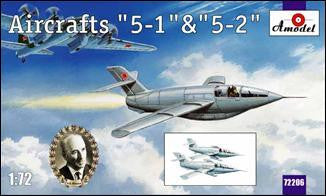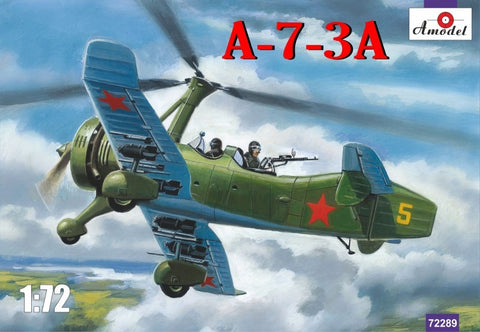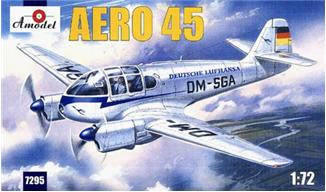
Roden Aircraft 1/72 An12BK PPS Soviet Transport Aircraft Kit
This Product Usually Ships In 2-3 Business Days
ROD-46The An-12 Soviet military transport aircraft (or 'Cub' according to NATO classification) was produced at the end of the 1950s under the guidance of O.K. Antonov. From the very beginning of its long service the intended principal mission of this aircraft was transportation; however, as the years passed, its role in the Soviet Air Force changed repeatedly due to the fact that this aircraft was capable of performing so many roles not originally envisaged.
The An-12PP built in 1970 was one of the most interesting (and at the same time the most secret) modifications. During this period air defense systems were very dominant and the role of an air force during the era of the Cold War had somewhat decreased due to the threat of major losses of flight crew in the opening phases of potential conflict. The rapid development of air-to-air missiles was also a negative factor, especially after the introduction of missiles with homing warheads.
In these circumstances the Council of Ministers and the USSR Ministry of Defense issued a government order for the production of a compact (for that time) system for radio interference which could be installed in the aircraft which would perform the task right above the area of action. Officially declaring a peaceful policy, the Soviet Union assumed that any likely conflict would be outside the borders of the USSR. The aircraft most suitable for fitting such equipment in was the An-12. In 1968 a special electronics suite was installed in an experimental An-12B aircraft. It consisted of automatic stations generating spot jamming, as well as active and passive electronic radar countermeasures which would disable the adversary's air defense system and anti-aircraft missile guiding system. Apart from those mentioned above, the aircraft was equipped with special systems for crew protection in case of possible use of weapons of mass destruction (including biological ones).
The test flights were successful and shortly afterwards 27 standard An-12B and An-12BK transports were modified to An-12PP specifications.
In 1971 an An-12PP was modified again: the aircraft was further equipped with the 'Lilac' system of group defense, installed in external containers. This modification received the name An-12BK-PPS. The rapid development of electronic systems demanded constant upgrading of the special equipment. In 1974 the An-12PP was substituted by the An-12BK-PPS, the improved version. Automatic equipment for infra-red interference was installed on this type.
The An-12BK-PPS has long been one of the least known Soviet aircraft types. Their service was very limited; maybe their only 'real' fighting experience was gained during the Yom Kippur Arab-Israeli war of 1973 when the aircraft flew with Syrian markings, with Soviet crew.
The An-12BK-PPS (it received the NATO code Cub-C) was not exported to allied countries, with one exception - the Indian Air Force received 4 aircraft of this type.
The An-12BK-PPS was extensively used in service until the end of the 1980s. The type mostly served along the USSR's borders during military training. After the break-up of the Soviet Union, the An-12BK-PPS remained in service only in the Russian Air Force. Several machines are still in service today.






